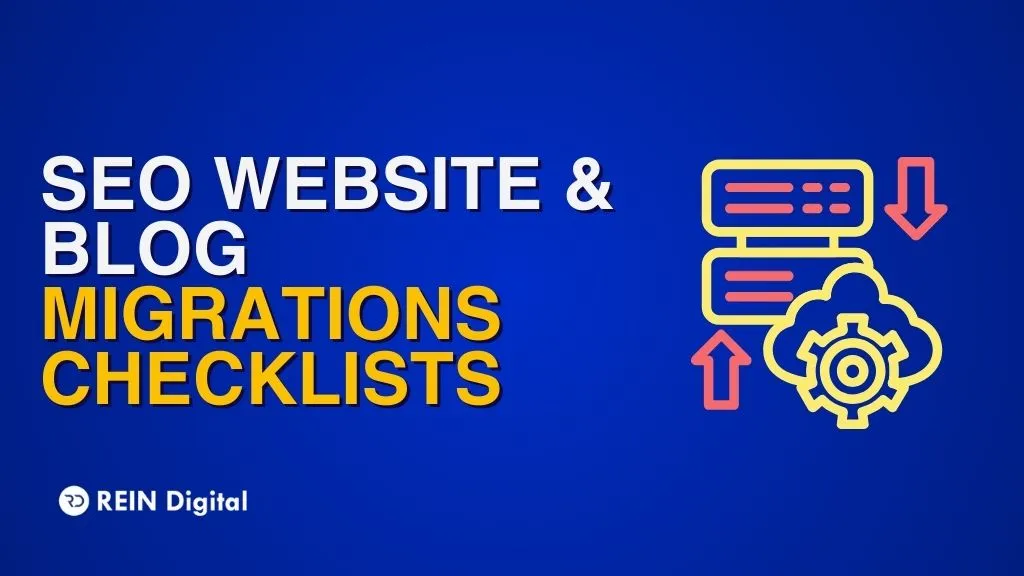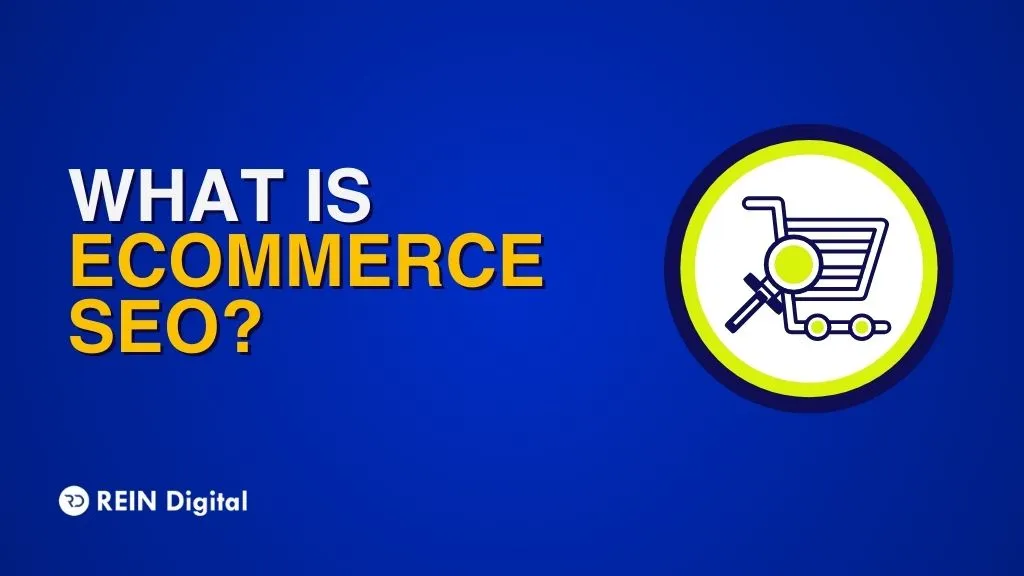
When it comes to analyzing the performance of a website, one of the key metrics that webmasters and digital marketers pay close attention to is "bounce rate." Bounce rate is an important metric that provides valuable insights into the effectiveness of a website in retaining visitors and engaging them.
In this blog post, we'll delve into the concept of average bounce rate, its significance, how to interpret it, and strategies to improve it.
The Meaning of Bounce Rate and its Significance
What is a Bounce rate? It is a metric that indicates the percentage of visitors who navigate away from a website after viewing only one page, without interacting with the content or exploring any further. In other words, a "bounce" occurs when a visitor lands on a page and then immediately leaves without taking any additional actions, such as clicking on links, interacting with forms, or exploring other pages within the same website.
Significance of Bounce Rate
Bounce rate is a significant metric for several reasons:
1. User Engagement: A high bounce rate suggests that visitors need help finding what they are looking for or that the content fails to capture their interest, leading them to leave the site quickly.
2. Content Relevance: A high bounce rate can indicate that the content on the landing page does not match the user's expectations or the keywords they used to find the page.
3. Usability Issues: A poor user experience, slow loading times, or confusing navigation can contribute to a high bounce rate, indicating potential usability issues.
4. Conversion Rate Impact: Bounce rate can impact conversion rates, as visitors who bounce are unlikely to convert into customers or take desired actions.
5. SEO Implications: Search engines like Google may interpret a high bounce rate as a signal that a page is not providing valuable content, potentially impacting its search engine rankings.
Interpreting Bounce Rate
Understanding the bounce rate requires context and a nuanced perspective. Not all instances of a high bounce rate are negative. Certain scenarios where a higher bounce rate might be acceptable include:
Single-Page Websites
Websites with a single purpose, such as a contact page, might naturally have a higher bounce rate since there's only one interaction point.
Informative Pages
If the goal of a page is to provide information and not necessarily to drive further interactions, a high bounce rate might not be concerning.
External Links
If a landing page includes external links that direct visitors to another website, they might leave quickly without exploring the rest of the site.
Strategies to Improve Bounce Rate
Reducing the bounce rate is a key goal for website optimization. Here are some strategies to consider:
1. High-Quality Content: Ensure that your content is relevant, valuable, and engaging, aligning with the user's intent and expectations.
2. Clear Call to Actions (CTAs): Include clear and compelling CTAs that guide visitors to take further actions, such as exploring other pages or signing up for newsletters.
3. Optimize Page Load Speed: Slow-loading pages can frustrate visitors and lead to bounces. Optimize images, reduce server response times, and leverage caching to improve page speed.
4. Mobile Responsiveness: Ensure that your website is responsive and displays well on various devices, as a poor mobile experience can drive visitors away.
5. Internal Linking: Incorporate relevant internal links to encourage visitors to explore related content within your website.
6. Improve User Experience: User-friendly navigation, readable fonts, and an appealing design can enhance the user experience and reduce bounce rates.
7. Keyword Optimization: Ensure that your content aligns with the keywords visitors are using to find your page, reducing the likelihood of irrelevant clicks.
In conclusion, bounce rate is a crucial metric that offers insights into user engagement and the effectiveness of a website's content and design. While a high bounce rate isn't always negative, optimizing it can lead to improved user experience, better conversions, and enhanced search engine visibility. Website owners and marketers can create more engaging and successful online platforms by understanding bounce rates and implementing effective strategies.














